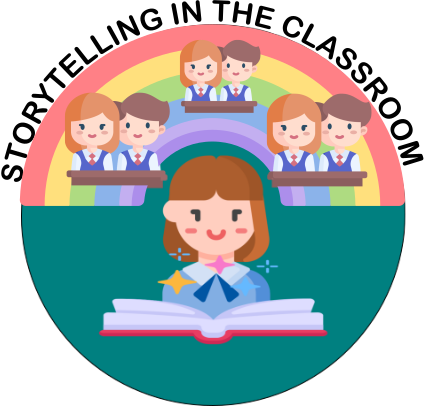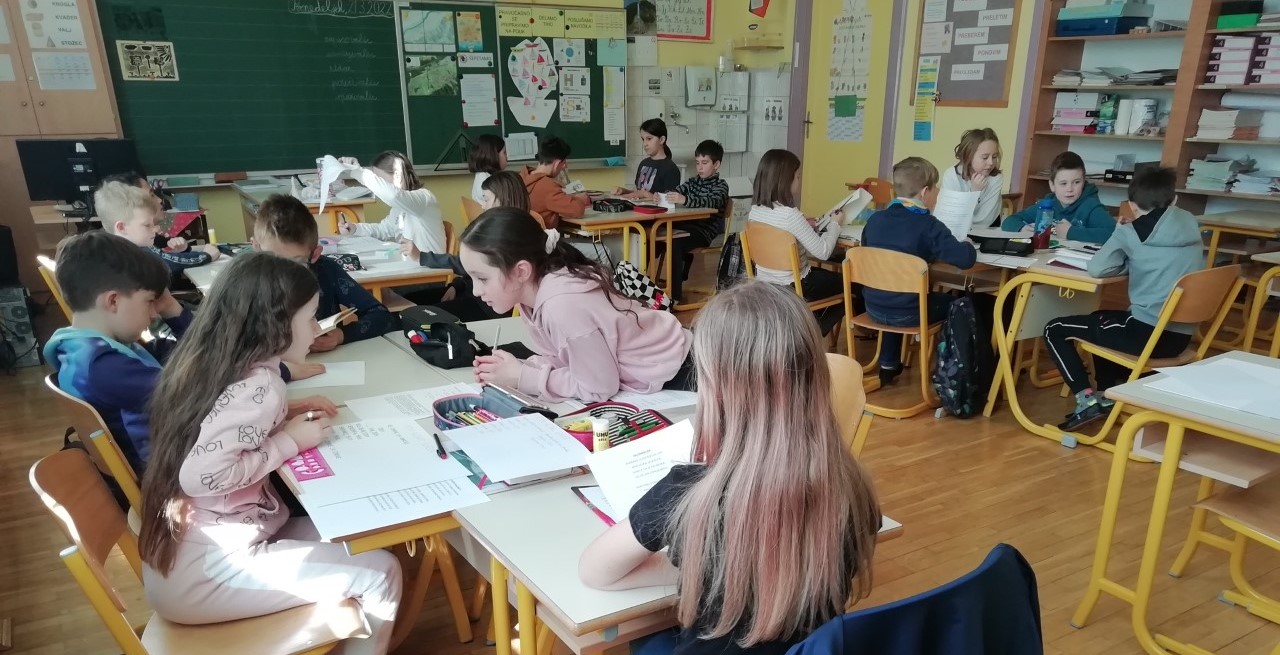Storytelling is a strong educational tool because it improves information storage in the human brain and stimulates imagination and creativity. Storytelling develops different skills, builds a unique connection with the language and encourages children to read. In their nature humans are storytellers and we shall use this as early education to light up the fire in our children.
Storytelling will improve the power of knowledge and will help students to like the school. Students appreciate authentically told tales, and methods can aid in maintaining a positive view of the learning experience. When children listen to a story, they hear more than just the sounds – when they are engaged in a really fascinating story, the regions of the brain that handle real-life sights, sounds, tastes, and motion are activated.
In fact interacting with children from an early age and with their parents through stories is vital. It offers valuable emotional and social benefits and improves their overall chances of life. That is why with implementing storytelling in the classroom, we shall show the students not only a way to memorise and understand hard topics, but also use it to bond children with their teachers.
Main goals:
- To promote storytelling to teachers as an effective technique to use in the classroom
- Teachers to understand the meaning and importance of storytelling in the classroom
- Teachers to understand how to use storytelling in different subjects and environment
- To be able to use adequately variety of storytelling approaches for different subjects and age groups
- To know how to develop storytelling activities for children depending on different topics/school subjects.
To develop a Storytelling Manual for teachers, containing
- easy to use storytelling framework to develop learning stories
- examples of usage of the framework for different topics

